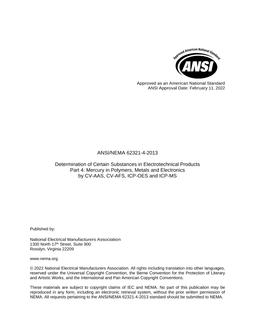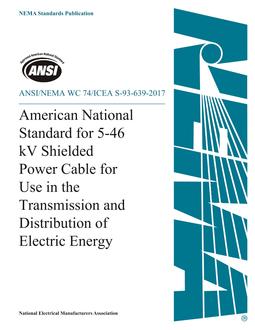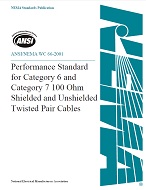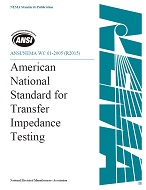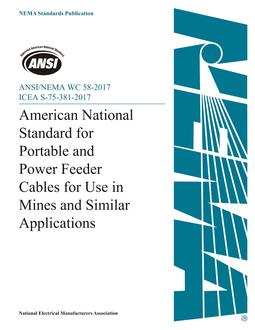Description
This part of IEC 62321 describes test methods for mercury in polymers, metals and electronics by CV-AAS, CV-AFS, ICP-OES and ICP-MS.
This standard specifies the determination of the levels of mercury (Hg) contained in electrotechnical products. These materials are polymers, metals and electronics (e.g. printed wiring boards, fluorescent lamps, mercury switches). Batteries containing Hg should be handled as described in [1]1. The interlaboratory study has only evaluated these test methods for plastics, other matrices were not covered.
This standard refers to the sample as the object to be processed and measured. What the sample is or how to get to the sample is defined by the entity carrying out the tests. Further guidance on obtaining representative samples from finished electronic products to be tested for levels of regulated substances may be found in IEC 62321-2. It is noted that the selection and/or determination of the sample may affect the interpretation of the test results.
This standard describes the use of four methods, namely CV-AAS (cold vapour atomic absorption spectrometry), CV-AFS (cold vapour atomic fluorescence spectrometry) ICP-OES (inductively coupled plasma optical emission spectrometry), and ICP-MS (inductively coupled plasma mass spectrometry) as well as several procedures for preparing the sample solution from which the most appropriate method of analysis can be selected by experts.
Analysis by CV-AAS, CV-AFS, ICP-OES and ICP-MS allows the determination of the target element, mercury, with high precision (uncertainty in the low per cent range) and/or high sensitivity (down to the μg/kg level). The test procedures described in this standard are intended to provide the highest level of accuracy and precision for concentrations of mercury in the range from 4 mg/kg to 1 000 mg/kg. The procedures are not limited for higher concentrations.
For direct analysis, using thermal decomposition-gold amalgamation in conjunction with CV- AAS (TD(G)-AAS) can be also applied for mercury analysis without sample digestion, although the detection limits are higher than other methods due to the reduced sample size.
Product Details
- Published:
- 2022
- Number of Pages:
- 31
- File Size:
- 1 file , 440 KB
- Product Code(s):
- 100988, 100988, 100988
- Note:
- This product is unavailable in Ukraine, Russia, Belarus
